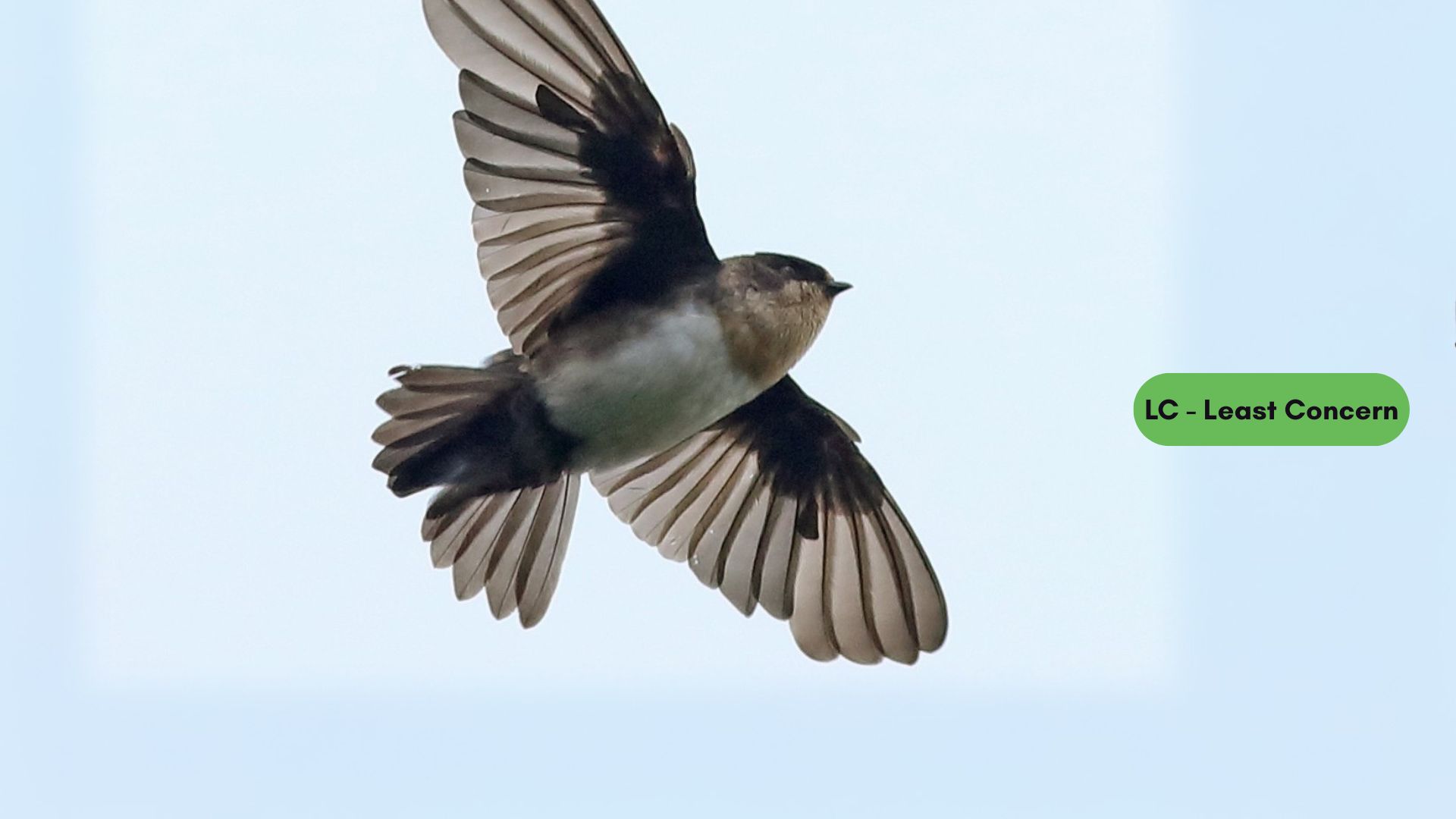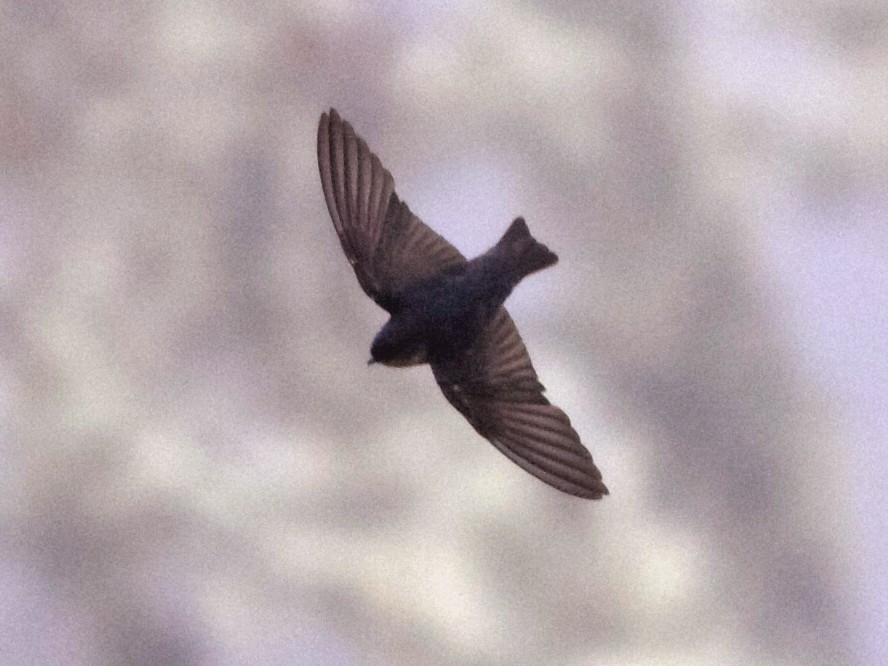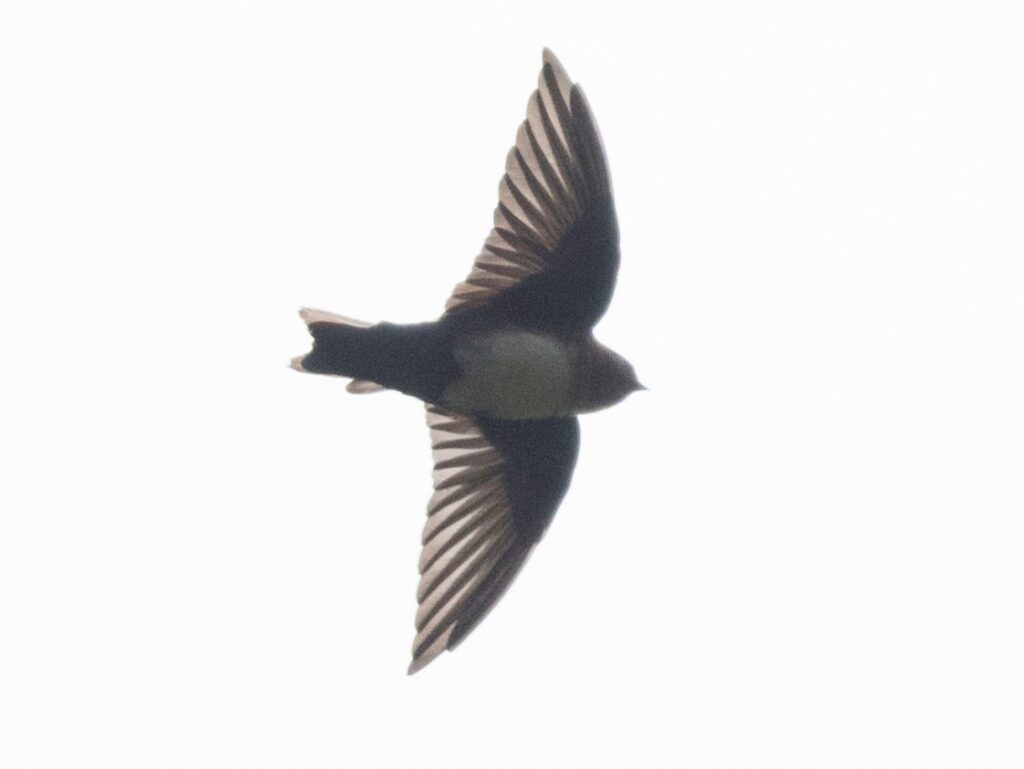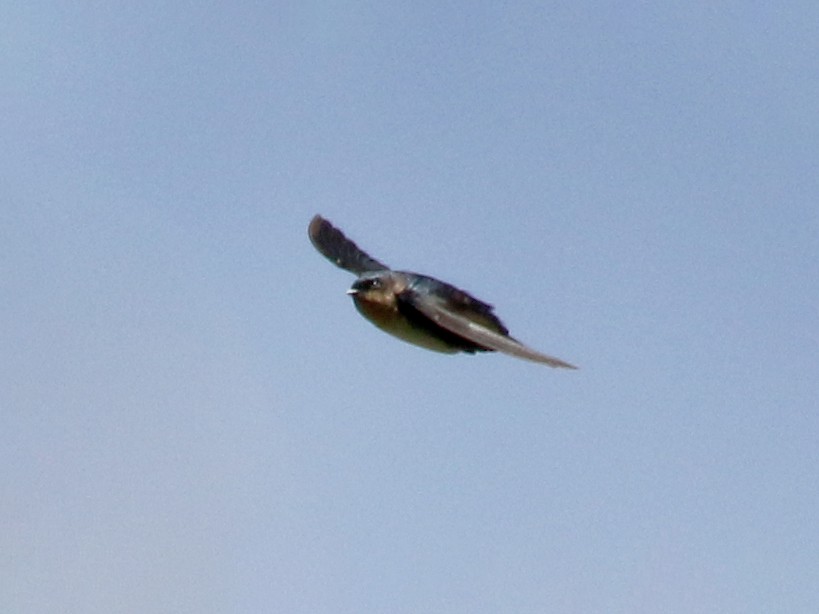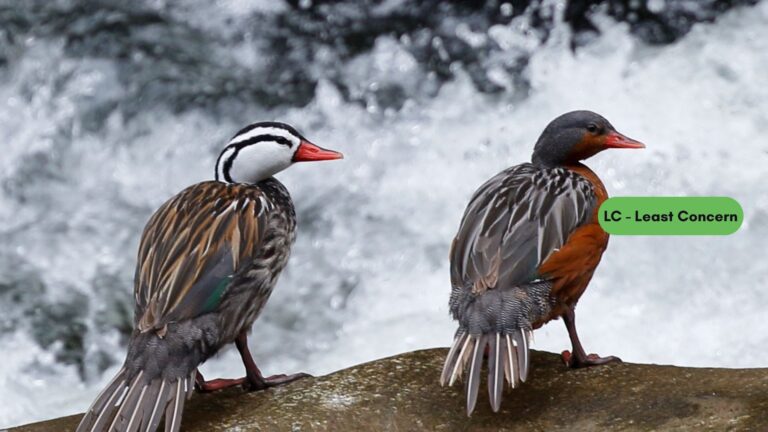Pale-Footed Swallow Discoveries: Habits, Habitat, and Conservation Status
The Pale-Footed Swallow is a small bird with unusual pale legs. It lives mostly in mountain forests and stands out among South American swallows. Its classification, physical traits, and differences from similar swallows make it a favorite among birders and researchers.
Taxonomy and Classification
The Pale-Footed Swallow, known scientifically as Orochelidon flavipes, belongs to the family Hirundinidae. This family includes all swallows—small, quick birds made for catching insects in flight.
At one point, scientists grouped Orochelidon flavipes with other genera like Haplochelidon. Later, studies on its appearance and DNA put it in the genus Orochelidon. It’s closely related to other forest swallows from South America. You’ll mostly find it along the eastern slopes of the Andes, where it’s a rare but steady resident of humid mountain forests.
The bird’s range is pretty limited, which makes it especially interesting for conservationists. For more on swallow classification, check out this phylogeny of swallows.
Distinctive Features
Pale-colored feet and legs set this swallow apart from most others, which usually have darker legs. Its upperparts are a deep blue, while its underbelly is pale, creating a sharp contrast. The wings are long and pointed—these birds can really move, darting over the forest canopy. Its tail is short and only slightly forked.
It also has a small, slightly curved bill that’s perfect for catching insects mid-air. Leg color in swallows matters more than you’d think; this species’ pale legs might be tied to its environment and social habits. Want more on this? Here’s a discussion of leg coloration in swallows.
Comparison to Related Species
Compared to the Blue-and-white Swallow (Pygochelidon cyanoleuca) and the Brown-bellied Swallow, the Pale-Footed Swallow stands out for its pale legs and love of cloud forests. The Blue-and-white Swallow is all over the place and much more visible, while the Pale-Footed Swallow keeps to itself and sticks to certain areas.
A quick comparison:
| Species | Leg Color | Typical Habitat | Range |
|---|---|---|---|
| Pale-Footed Swallow | Pale | Mountain forests | Eastern Andes |
| Blue-and-white Swallow | Dark | Open countryside | Much of South America |
| Brown-bellied Swallow | Dark | Forest edges | Northern and Central Andes |
For a deeper dive into how the Pale-Footed Swallow compares to the Blue-and-white Swallow, see this study on swallow nesting biology.
Geographic Distribution and Habitat
The Pale-Footed Swallow is a highland bird found in certain parts of South America. Its population sticks close to mountain areas and natural forests.
Andean Range and Countries
This swallow mainly follows the Andes mountain range. Its range starts in the north of South America and stretches south. You can spot it in Venezuela, Colombia, Ecuador, Peru, and Bolivia. There are a few rare records in Panama and maybe Costa Rica.
In Venezuela, the population is scattered, and there are some reports of the bird turning up in new places. In Bolivia, it sticks to higher elevations, usually above 3,000 meters, where the Andes make for some wild habitats. For more on where it’s been seen, check out this study on Venezuelan bird distribution.
Preferred Environments
Pale-Footed Swallows like mountain forest edges, elfin forests, and open humid spots. They stick to high altitudes, usually between 2,000 and 4,000 meters. You’ll often see them flying near cloud forests or along open ridges. In Bolivia, they’re part of a group that prefers timberline habitats or areas just above the tree line.
They go for places where thick, low plants mix with open airspace for hunting. For more on its habitat in Bolivia’s elfin forests, see this report on Bolivian high-elevation birds.
Behavior and Ecology
The Pale-Footed Swallow thrives in cloud-forest habitats and keeps busy. It interacts with its environment and often feeds and breeds alongside other swallows.
Diet and Foraging
These swallows mostly eat flying insects. Flies, beetles, ants—you name it, if it’s small and airborne, it’s on the menu. They catch their food on the wing, twisting and turning to grab insects from the air. You’ll often see them foraging in groups, sometimes with other swallow species.
They like hunting over clearings, streams, and forest edges. Their flight is agile, though not as fast as some of their cousins. Feeding activity drops when it’s rainy or cold. For more, check this study on swallow ecology and behaviour.
Breeding and Nesting
The breeding season usually lines up with the rainy months. These swallows build nests in crevices, earth banks, or between rocks along streams. Nests are small cups made of mud, grass, and feathers. Both parents pitch in for nest building and take turns incubating the eggs.
They usually raise one or two broods each year. Parents feed chicks mainly insects. Nests are often close to other swallows, which hints at a bit of social nesting in cloud forests. For more on their nesting habits, check out this overview of behavior and distribution.
Conservation Status and Threats
The Pale-Footed Swallow faces a handful of challenges in mountain forests. Data is patchy, but what we know helps explain the risks and what’s being done.
IUCN Red List Assessment
Right now, the International Union for Conservation of Nature (IUCN) lists the Pale-Footed Swallow as Least Concern. Its range is fairly broad and the population seems stable. Still, data is thin in some places, and changes in its mountain habitats could quickly change that status. Most of what we know comes from field sightings and bird surveys.
If land use or forest cover shifts, the species could be reassessed. For the official word, see the latest IUCN Red List assessment.
Main Threats and Conservation Measures
The main threats are habitat loss and forest degradation. Logging, expanding agriculture, and pastureland keep eating into its mountain forest home, especially in the Andes. Commercial logging and farming take away good nesting and feeding spots. Some conservation efforts focus on protecting key forests and encouraging sustainable land use.
National parks and reserves help, and stricter forest management laws are in place in some spots. Still, enforcement isn’t always strong. Ongoing research, local monitoring, and public awareness campaigns are all part of keeping this species around for the long haul.
Pale-Footed Swallow Within the Wider Swallow Family
The Pale-Footed Swallow belongs to the Hirundinidae family, which covers a whole range of swallows and martins. Its habits and looks set it apart from both nearby and far-flung relatives.
Comparison With Swallow Species Across Regions
Swallows live on almost every continent. The Pale-Footed Swallow (Notiochelidon flavipes) sticks to the Andes, while others like the tree swallow and barn swallow live in North America, Europe, and beyond.
They differ in body shape, leg color, and nesting choices. Here’s a handy table:
| Species | Range | Leg Color | Nest Site |
|---|---|---|---|
| Pale-Footed Swallow | Andes, South America | Pale | Caves, cliffs |
| Tree Swallow | North America | Dark | Cavities, boxes |
| Barn Swallow | Worldwide | Pink | Human structures |
| Violet-Green Swallow | Western N. America | Pinkish | Trees, buildings |
| Sand Martin | Worldwide | Brown | River banks |
Most swallows are aerial insect-eaters, but their flight and foraging styles can be pretty different. For example, the cliff swallow nests in huge colonies, while the Pale-Footed Swallow prefers small groups or pairs.
Closely Related Andean and South American Swallows
Within South America, the Pale-Footed Swallow is close kin to other Notiochelidon swallows, like the blue-and-white and brown-bellied swallows. They share a love of high-altitude spots and have stocky bodies.
The blue-and-white swallow is common in open areas and can look a lot like the Pale-Footed Swallow from a distance. But, it’s got darker legs and bill.
The brown-bellied swallow likes spots near water and is a bit bigger. Other relatives include the Andean swallow and southern martin, both fans of mountain habitats.
The white-banded swallow looks different, with its white breast band, but acts similarly when perching and flying.
Swallow phylogeny is shaped by where they live and how they migrate. Members of the Hirundo and Petrochelidon genera, like the barn and cliff swallow, are more distant relatives and have their own nesting tricks and wider ranges.
Frequently Asked Questions
The Pale-Footed Swallow is known for its distinct leg coloration, secretive nesting habits, and love of highland habitats. If you want to know more about its unique look, feeding habits, or conservation, it’s worth digging into the links above.
What are the distinguishing characteristics of the Pale-Footed Swallow?
You can spot the Pale-Footed Swallow by its pale-colored legs and feet—kind of unusual compared to most swallows, which usually have dark limbs. Its upperparts look dark blue or blue-black, while the underparts are white or off-white.
The bird’s body is sleek, almost aerodynamic, and those pointed wings? They’re made for zipping through the air.
Where can one typically find the Pale-Footed Swallow’s habitat?
You’ll mostly find this species in humid mountain forests and along the edges of open woodlands in the Andes of South America. They tend to hang out at elevations between 1,000 and 3,000 meters. Usually, they stick close to water—think rivers and streams. Makes sense, right?
What does the diet of the Pale-Footed Swallow consist of?
Pale-Footed Swallows almost always eat flying insects. They chase prey like flies, beetles, and sometimes little moths, all while darting through the air. You won’t really catch them foraging on the ground. That’s just not their thing.
How does the Pale-Footed Swallow differ from other swallows in its genus?
The big standout is those pale legs and feet. Most of its close relatives have black or dark ones, so this feature really jumps out. Researchers have even looked at how leg color might connect to habitat, which is kind of fascinating if you ask me.
What is the typical breeding behavior and lifecycle of the Pale-Footed Swallow?
They build nests in natural crevices or holes, often on cliffs or sometimes on buildings. The clutch is small, with white eggs. After hatching, both parents pitch in to feed the chicks until they’re ready to take off on their own.
Are there any conservation concerns regarding the Pale-Footed Swallow population?
The Pale-Footed Swallow isn’t considered globally threatened. Still, some populations do run into trouble from habitat loss and land use changes in the Andes. In places like the Río Toche watershed, critical conservation problems have popped up. These issues could hit species like the Pale-Footed Swallow pretty hard, since they really depend on those habitats.
